Speakers don't put out watts — amps do
Understanding speaker and amplifier wattage ratings
The power specs for speakers and amplifiers mean different things for each device. The amp's wattage rating is for its output — the speaker's wattage rating is for its input. We'll go into more detail below.
P
ower specifications for speakers and amplifiers are often expressed using the same numbers and measuring units, but they mean different things for each device.
Wattage ratings
For example, a speaker and an amplifier may both be rated for 100 watts RMS. The spec for the amplifier describes its potential maximum undistorted output capability. The speaker's spec describes its potential maximum undistorted input capability, its power-handling ability.
Electricity → Amplifier → Watts of Power → Speaker → Sound
A speaker's power rating is not a measure of its loudness
A speaker takes in electrical power and puts out loud noise and heat. Loudness is measured in decibels of sound pressure level (dBSPL). A speaker's loudness is a product of how much electromagnetic power (watts) goes into it, its efficiency turning that energy into cone movement, and the efficiency of the cone's activity in its installed environment to create the desired quality and quantity of sound.
This can be demonstrated by the fact that a particular component subwoofer will sound different in tone and volume when installed in different enclosures, even when driven by the same amplifier.

Same subs, same amp: the ported enclosure will play louder
A speaker's sensitivity measures how loud it will play
Speaker manufacturers use a standardized measuring system to specify how loud their speakers play. Usually, they place a microphone one meter away from the speaker playing a one-watt-powered 1000 Hz tone and measure the loudness in dBSPL. That's the sensitivity rating: the higher the dBSPL sensitivity rating, the louder the speaker will play.
Careful: even clean power can fry a sub
Many people think speaker's wattage specs can be ignored, saying that as long as the signal is clean and undistorted the speaker can play and survive any amount of power applied. These people don't build, sell, or repair speakers and subs. Especially speakers that were abused while under warranty. Speakers blow because of over-powering — whether from clipped and distorted or clean input signals. Thin voice coil wires overheat and burn when the power applied exceeds their design parameters.

A typical voice coil made of thin copper wire.
A speaker's thermal limit defines its maximum safe input
The manufacturers put ratings on their speakers for a reason. They don't want you to blow up their speaker, so they tell you what it was designed for. The wires and other parts of a speaker's construction aren't invulnerable — they burn, break, or melt when over-heated. Manufacturers have figured out at what temperature things fall apart, their "thermal limits," and how much power produces that amount of heat.
They rate the inputs of speakers in watts because it's an easier factor to monitor and control than measuring the temperature directly and then adjusting the power application.

Be safe: stay within limits
Don't exceed your speaker's rating — make sure your amplifier's output power rating is equal to or lower than the speaker's power rating. There's nothing wrong or damaging with applying less power than the speaker's rating. After all, turning down the volume never hurt anything. Applying too much power often destroys equipment. If your system isn't loud enough, get new gear with higher wattage ratings for both the amp's output and the speaker's input.
Questions?
To learn more, be sure to read our article about matching subwoofers and amplifiers. If you're starting from scratch, our Amplifier Buying Guide and Subwoofer Buying Guide are also helpful.
Crutchfield Advisors know how power ratings affect the pairing of an amplifier with speakers and subs. We try to make sure you won't power a sub with an amplifier that could damage it. We want our customers to feel happy about their sound system when they get it, and to stay happy with its performance into the future. So if you need help figuring out how to power your system, give us a call or chat.
Comments (1)
Please share your thoughts below.






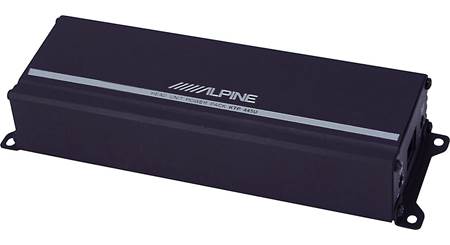
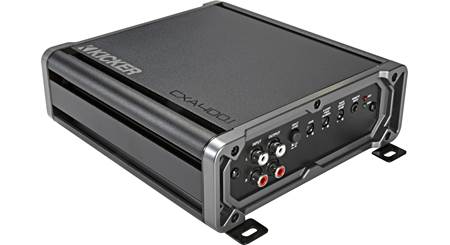
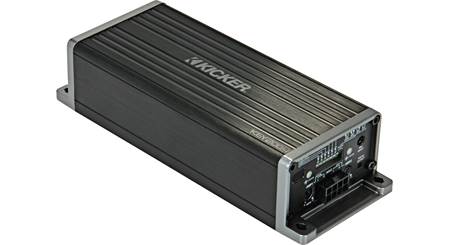

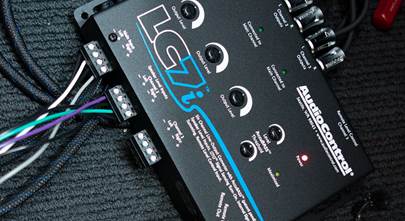

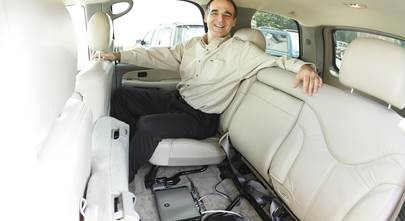
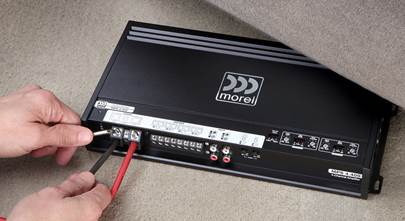

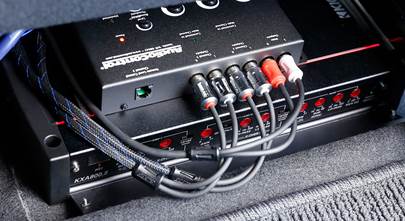
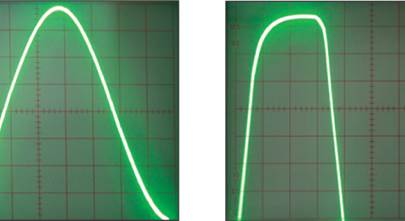

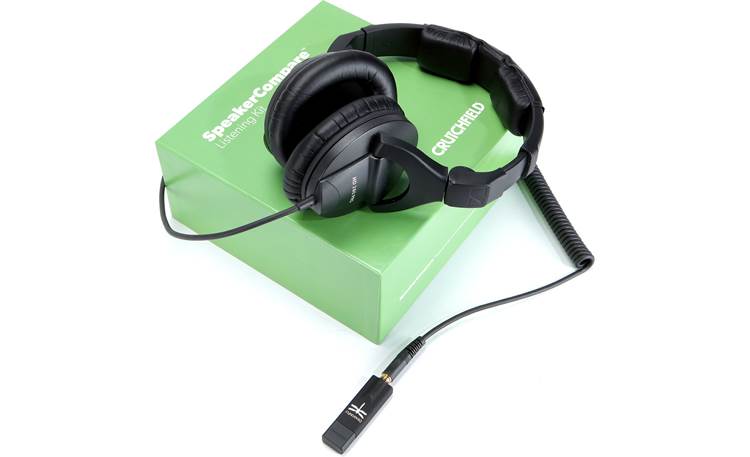
Brian Strohmeyer from Ohio
Posted on 10/9/2023
Actually, ampifiers put out voltage, not watts. It is only in combination with a load (such as a speaker) are watts produced. I've always believed that amplifier manufacturers should switch to an output voltage rating system, where each output channel is measured at its average maximum safe, unclipped A/C voltage signal output at multiple given load impedances, not to exceed the amplifiers load tolerance. As a former professional installer, I believe this would clear up some confusion the consumer may have when choosing amplifier and speaker combinations.
Buck Pomerantz from Crutchfield
on 10/10/2023